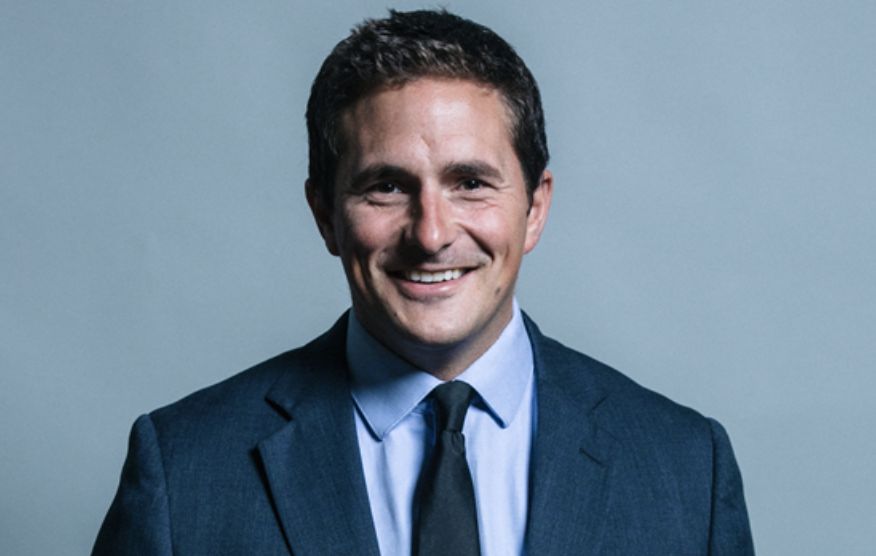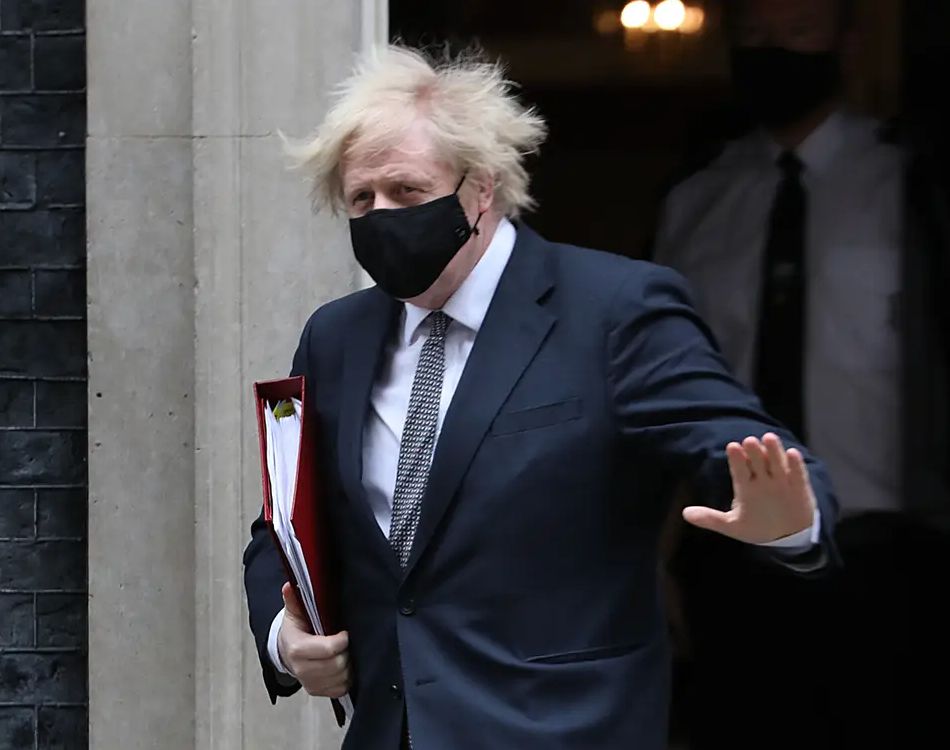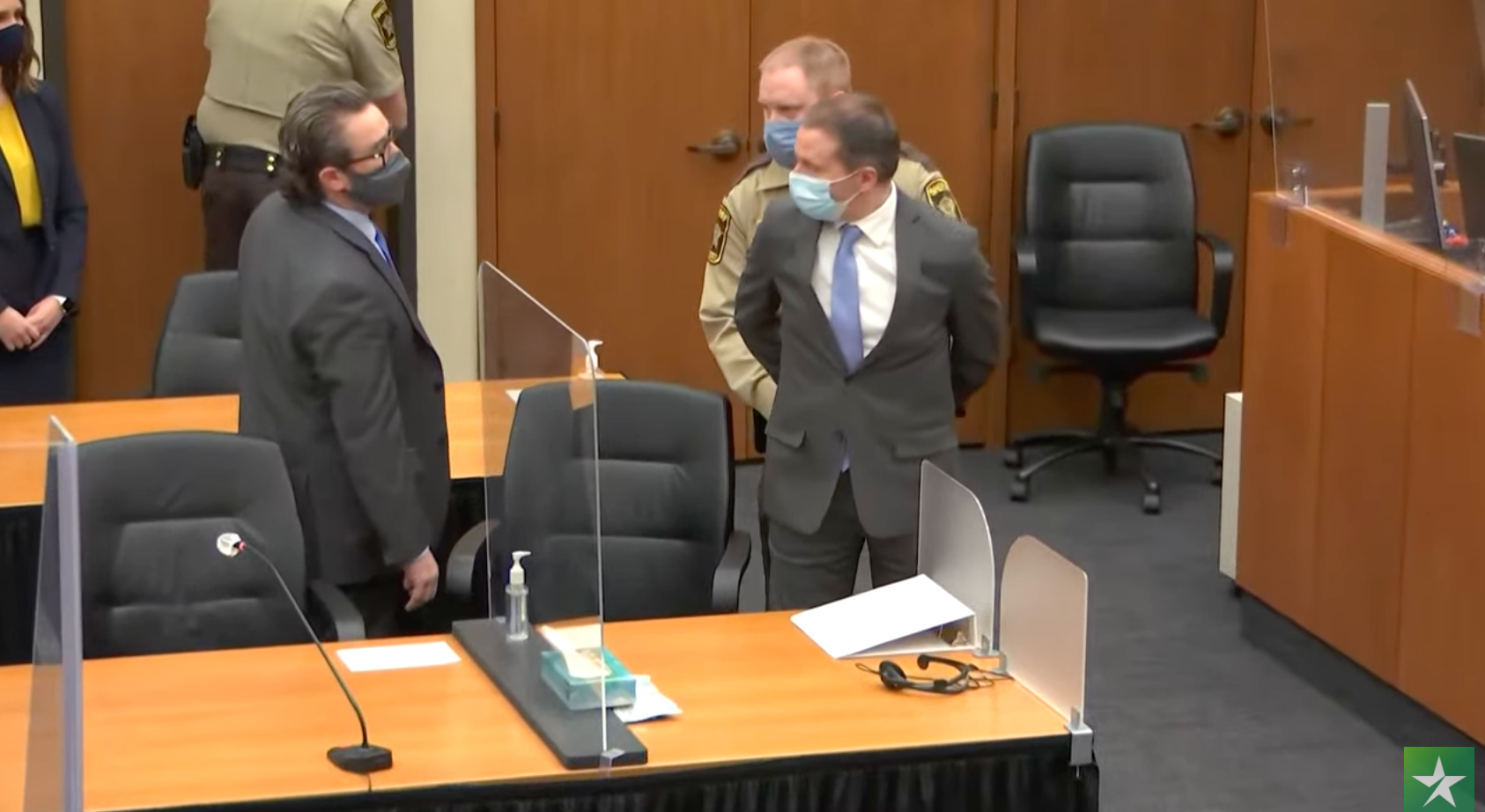Was it something I said? There’s plenty of news around on Tuesday night, but buried under the football counter-revolution and sacking of a minister, Boris Johnson quietly decided to ditch plans for “White House-style” media briefings.
Yes, that much-heralded and super-expensive, £2.6m briefing room in No.9 Downing Street won’t be hosting live, televised press conferences three times a week after all. The union flags, the almost electric blue backdrop, the curious lectern fonts will never get the airtime intended.
Moreover, the PM’s “press secretary” (another Americanisation) Allegra Stratton is his press secretary no more. She is now to be the main comms lead for the COP26 climate change talks, helping Alok Sharma in his role as chairman. That means she won’t have delivered a single one of the live TV briefings she was hired for in the first place – on a salary of £125,000.
You can bet Labour will pounce (maybe as early as PMQs) on what will be seen as yet another bit of chaos in No.10 that leaves the poor taxpayer picking up the bill for a Johnsonian vanity exercise. With government waste a firm Opposition theme, thanks to months of work by people like Rachel Reeves, the apparent mothballing of a multimillion pound media suite is the icing on the cakeism that is the PM’s way of governing.
We’re told that actually the briefing room will still be used for sessions with the media hosted by ministers and experts, not least because they’ve proved useful during the pandemic. But of course you don’t need to be a hardened cynic to suspect that the room will be used much less frequently once the PM’s roadmap is completed on June 21. The lonely Henry hoover may gather even more dust.
For some insiders, the problem with the White House style briefings plan (the brainchild of ex-aide Lee Cain) was always that it risked airing the government’s dirty laundry to the viewing public. Our current Lobby briefings have been off camera but firmly on the record since 1997 and, far from the lazy caricature of some cosy club chat, they’re often pretty robust.
Only recently, our jaws collectively dropped when Stratton told us in an off camera briefing that the PM had indeed upheld the Nolan principles of Public Life over the Arcuri affair. At the time, it was clear what a PR car crash this would be if aired on live telly.
I asked Johnson directly about Jennifer Arcuri, not out of any Victorian sense of morality but because the Independent Office for Police Conduct said “it would have been wise” for him to have “declared this as a conflict of interest, and a failure to do so could have constituted a breach” of those Nolan principles.
When asked if he had acted with honesty and integrity, the PM replied “Yes”. Before swiftly bolting out of the press room, there was an unmistakeable smirk that spread across his face. To be fair, no press secretary could have quite captured that brazenness as exquisitely as her boss did.
Which brings me to the utility of these interactions between the media and the government. Instead of a press secretary acting as a proxy, it has indeed been very useful this past year to have the prime minister and other ministers at least put themselves up for scrutiny. I’m old enough to remember attending monthly, yes monthly, Tony Blair press conferences in No.10, a habit that died under Cameron and kept firmly interred by Theresa May.
Maybe the PM will see the value of giving the public our money’s worth, and use that £2.6m briefing room for regular ministerial press conferences, even after the pandemic has subsided? Whether it’s lobbying scandals or football club power grabs, it’s transparency and scrutiny that often results in progress, and better decision-making.
And those Nolan principles don’t just include “selflessness” (defined as “acting solely in the public interest”) and “leadership” (being “willing to challenge poor behaviour wherever it occurs”). They also include “accountability”.


